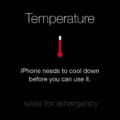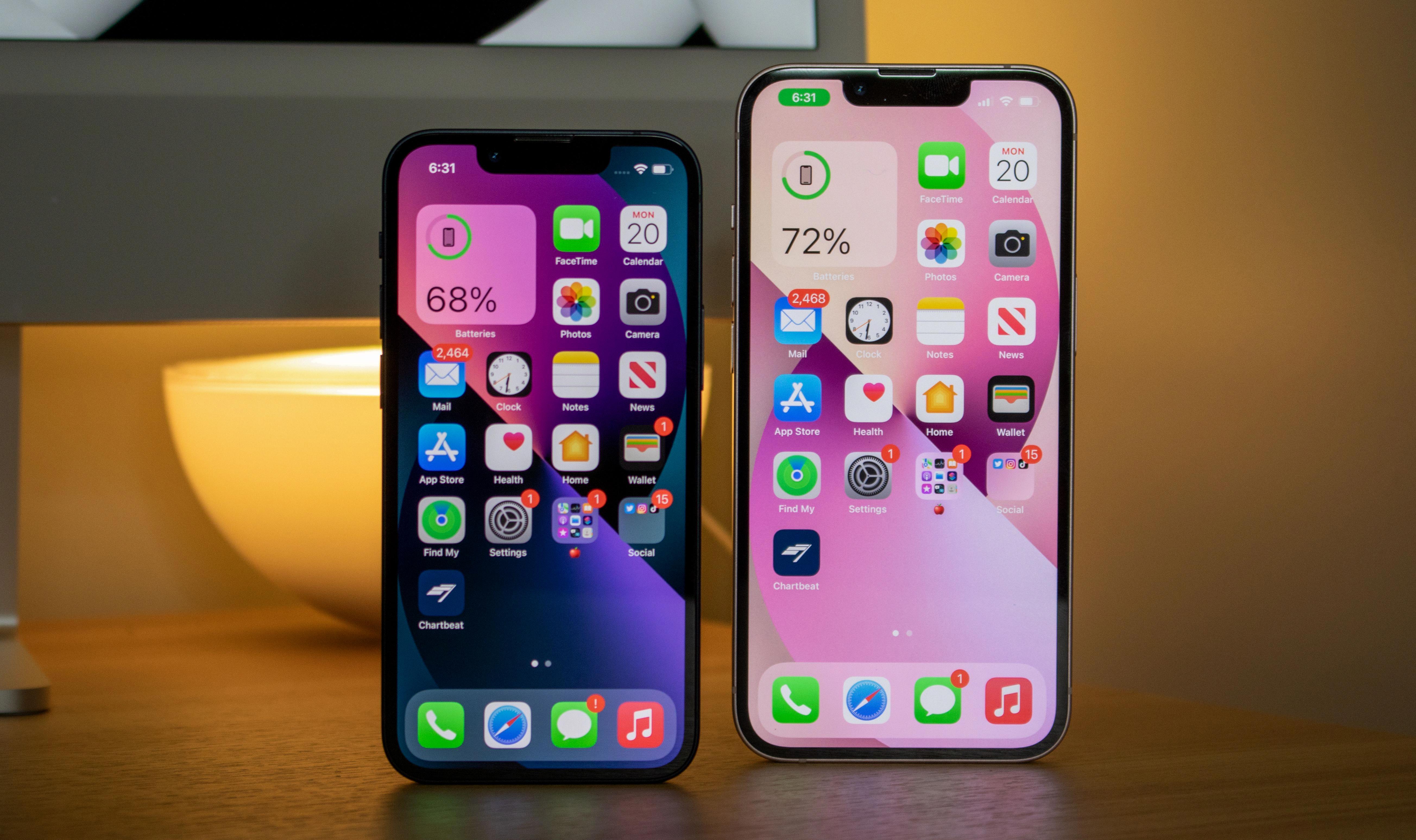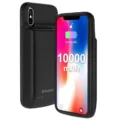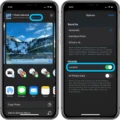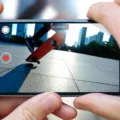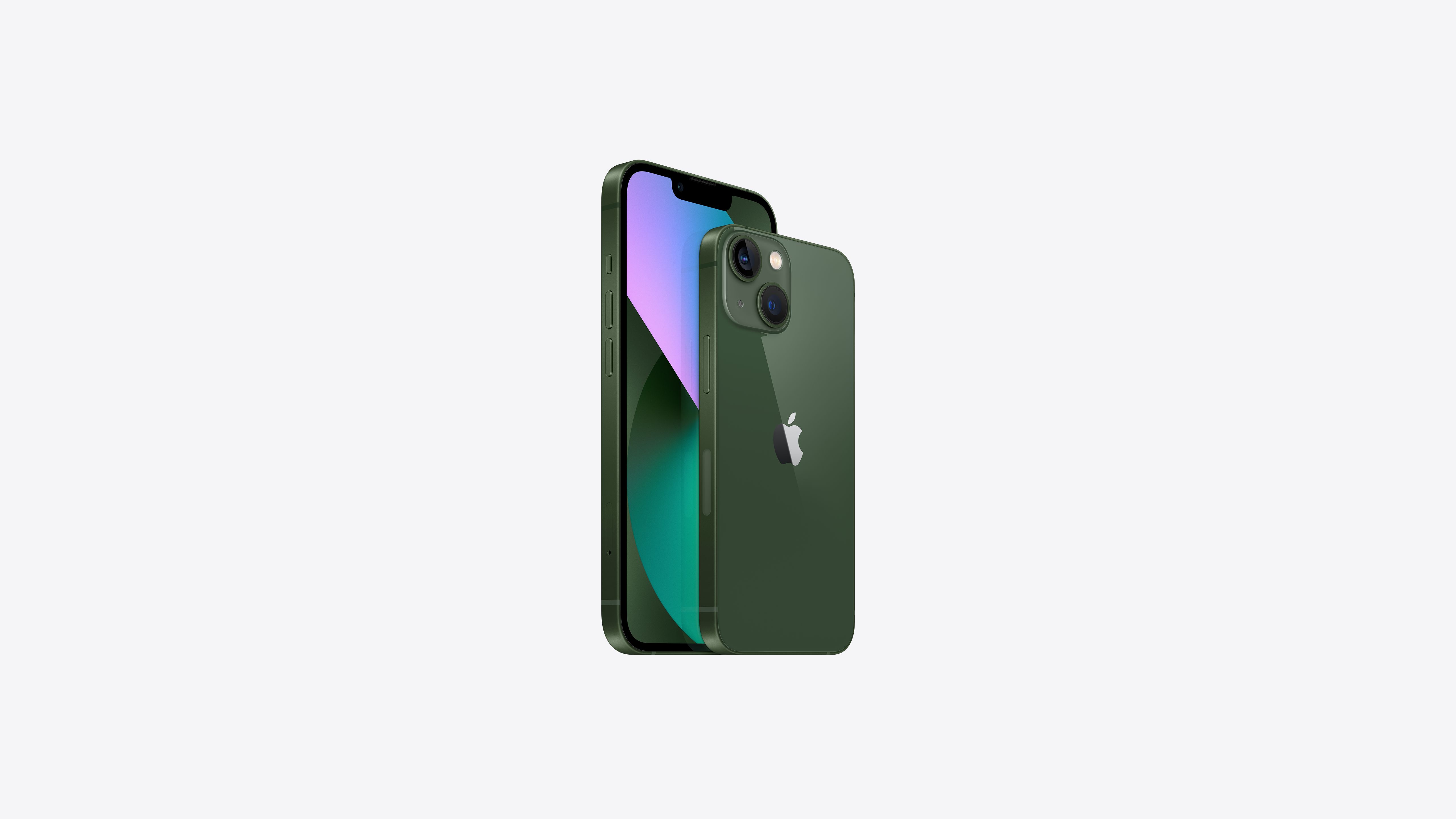When it comes to recording videos on your iPhone, one important factor to consider is the frames per second (fps) setting. The fps determines how many individual frames are captured per second, which directly affects the smoothness and quality of the video.
The iPhone offers different fps options for video recording, including 30fps and 60fps. Let’s explore the advantages and disadvantages of each setting.
Setting your iPhone to record video at 60fps, also known as 60 frames per second, can result in smoother and more detailed footage. This is especially noticeable when recording in Ultra HD resolution. The higher frame rate allows for more frames to be captured, resulting in a more fluid and lifelike video playback.
However, there is a downside to using 60fps. It requires more light to properly expose the footage. This means that if you are recording in low-light conditions or indoors, the video may appear darker or grainier. So, if you are shooting in environments with limited lighting, it may be better to stick to 30fps.
On the other hand, recording at 30fps can still provide excellent video quality. It is a good choice when you plan to upload your videos to social media platforms like YouTube, Facebook, or Instagram. These platforms typically compress videos, and a lower frame rate like 30fps is often sufficient to maintain good video quality after compression.
Additionally, shooting at 30fps can help conserve storage space on your iPhone, as it requires less data to store each second of footage compared to 60fps. This can be particularly important if you record a lot of videos or have limited storage capacity on your device.
It’s worth noting that the iPhone also offers other video recording options. For example, the iPhone 13 Pro introduces a cinematic mode that allows you to capture videos with a shallow depth of field, creating a more professional and artistic look. This mode is available in 1080p at 30fps.
Furthermore, the iPhone supports HDR video recording with Dolby Vision, which enhances the dynamic range and color accuracy of your videos. The iPhone 12 models can shoot HDR videos with Dolby Vision up to 30fps, while the iPhone 12 Pro models can go up to 60fps.
The choice of fps setting for video recording on your iPhone depends on your specific needs and preferences. If you want smoother Ultra HD videos and have sufficient lighting, 60fps is the way to go. However, if you plan to upload your videos to social media or want to conserve storage space, 30fps is a good choice. Consider the lighting conditions, desired video quality, and intended platform when deciding on the fps setting for your iPhone videos.
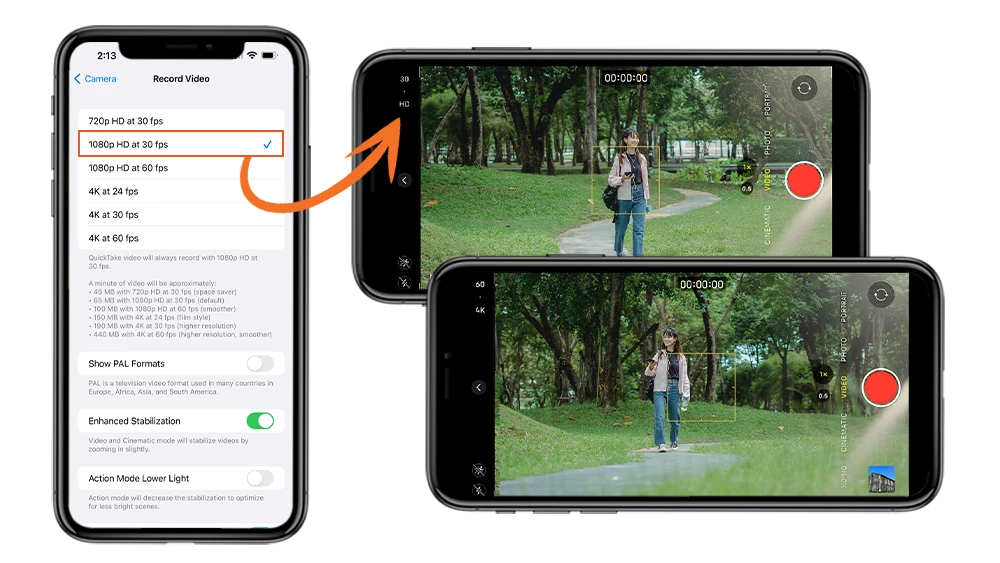
Is 30 Or 60 FPS Better for iPhone Video?
When it comes to choosing between 30fps and 60fps for iPhone video recording, there are a few factors to consider.
1. Smoothness: 60fps provides a smoother playback experience compared to 30fps. This is especially noticeable in videos with fast-moving subjects or camera panning. If you want your videos to appear more fluid and seamless, 60fps is the better option.
2. Image quality: Both 30fps and 60fps can capture high-quality videos, but 60fps offers a higher frame rate, resulting in more detailed and clear images. This can be particularly beneficial when recording action-packed scenes or capturing fine details.
3. Lighting conditions: Shooting at 60fps requires more light compared to 30fps. The higher frame rate means that each frame is exposed for a shorter duration, resulting in less light hitting the sensor. In low-light situations, 30fps may be a better choice as it allows for longer exposure times, resulting in brighter footage.
4. File size and storage: Recording at 60fps produces larger file sizes compared to 30fps. If you are concerned about storage space on your iPhone or prefer to conserve storage, shooting at 30fps might be a more practical option.
5. Compatibility: Not all platforms and devices support playback of videos recorded at 60fps. If you plan to share your videos on social media platforms or other websites, it’s important to check their supported frame rates. While most platforms now support 60fps, some may still have limitations.
60fps is ideal if you want smoother, more detailed videos with a higher frame rate. However, it requires more light and produces larger file sizes. 30fps is a good choice for sharing videos online and in low-light conditions. Ultimately, the decision depends on your specific requirements and preferences.
What Video FPS Does iPhone 13 Have?
The iPhone 13 offers various video recording options in terms of frames per second (FPS). These options include:
– Cinematic mode: This mode allows for recording videos with a shallow depth of field and is available at 1080p resolution with a frame rate of 30 FPS.
– HDR video recording with Dolby Vision: The iPhone 13 supports HDR video recording in Dolby Vision format. This feature is available up to 4K resolution at 60 FPS.
– 4K video recording: The iPhone 13 allows for recording videos in 4K resolution at multiple frame rates, including 24 FPS, 25 FPS, 30 FPS, and 60 FPS.
– 1080p HD video recording: You can also record videos in 1080p resolution at different frame rates, including 25 FPS, 30 FPS, and 60 FPS.
– 720p HD video recording: If you prefer a lower resolution, the iPhone 13 enables you to record videos in 720p HD at a frame rate of 30 FPS.
How Many FPS in iPhone 13 Pro?
The iPhone 13 Pro is capable of supporting frame rates up to 120 FPS. This means that games and apps that are optimized to take advantage of the ProMotion display can provide smoother visuals and a more responsive experience on the device. While the iPhone 13 Pro does not specifically target 90 FPS, it can go even higher with its 120 FPS capability. This allows for a more fluid and immersive gameplay or app usage, enhancing the overall user experience on the device.
How Much FPS Does the iPhone 12 Run?
The iPhone 12 comes with different models, each offering varying capabilities in terms of frames per second (FPS) for video shooting. Specifically, the iPhone 12 mini and iPhone 12 have rear cameras that can shoot HDR videos with Dolby Vision at a maximum of 30 fps. On the other hand, the two Pro models of the iPhone 12, namely the iPhone 12 Pro and iPhone 12 Pro Max, have rear cameras that can shoot HDR videos with Dolby Vision at a higher maximum of 60 fps.
The iPhone 12 mini and iPhone 12 can shoot HDR videos with Dolby Vision up to 30 fps, while the iPhone 12 Pro and iPhone 12 Pro Max can shoot HDR videos with Dolby Vision up to 60 fps.
Conclusion
The choice of video FPS (frames per second) on an iPhone depends on your specific needs and preferences. If you want smoother Ultra HD images, 60FPS is the better option. However, keep in mind that recording at 4K UHD 60fps requires more light.
For sharing videos on social networking sites like YouTube, Facebook, or Instagram, 30fps is a good choice. It provides a good balance between image quality and file size, making it easier to upload and share.
Additionally, the iPhone 13 Pro offers even higher frame rates, supporting up to 120FPS. This can provide a more responsive experience in games and apps that take advantage of the ProMotion display.
When it comes to video recording capabilities, the iPhone 12 lineup offers impressive features. The rear cameras on the iPhone 12 mini and iPhone 12 can shoot HDR videos with Dolby Vision up to 30fps, while the Pro models can shoot HDR videos with Dolby Vision up to 60fps.
Ultimately, the choice of FPS should be based on your specific needs, lighting conditions, and the platform where you plan to share your videos. Experimenting with different settings can help you find the right balance between image quality and performance.






